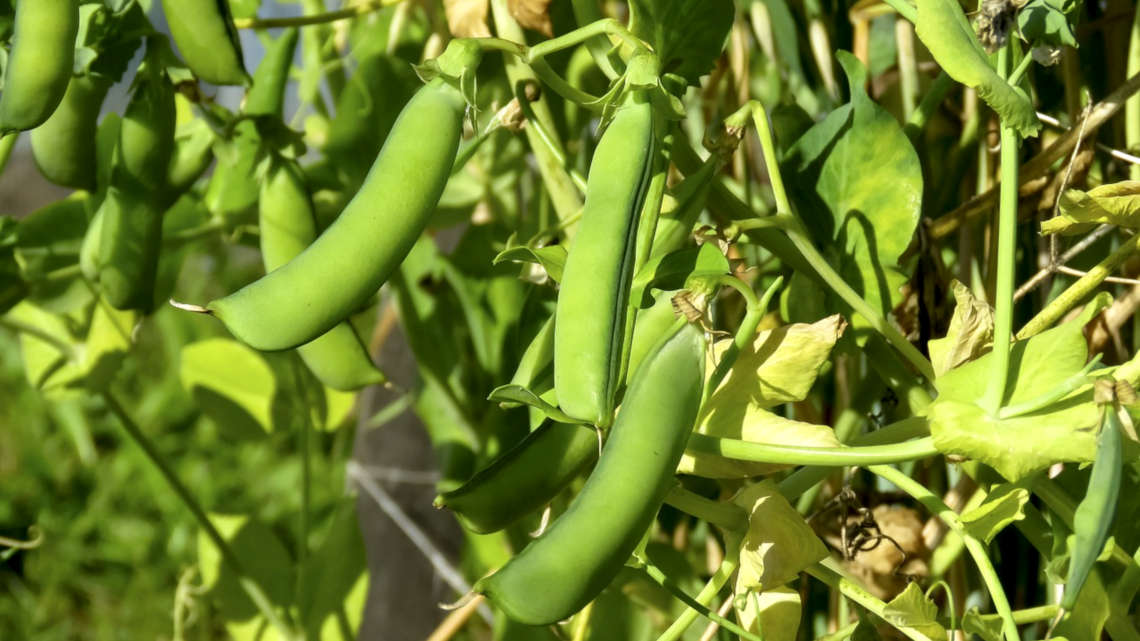Replacing soya with toasted peas
Animal feed must be high in protein, which is why soya is very well suited for this purpose. For ecological reasons, researchers are looking for domestic alternatives.

Intensive livestock farming causes several environmental problems. One of them is related to the use of soybeans as animal feed. Their high energy and protein content makes them the feed of choice for many livestock species. However, rainforests are destroyed for their cultivation, transport from South America causes high CO2 emissions and, at least in large parts of Europe, most consumers dislike the fact that most soya fields are cultivated with genetically modified plants. Agricultural researchers are now developing a domestic alternative using toasted feed peas.
Removing undesirable ingredients
Field beans and especially peas have long been used in animal feed and are also rich in proteins. "But at this point they don’t measure up to soy, partly because they contain many so-called anti-nutritive factors," explains Annette Zeyner, Professor of Animal Nutrition at the Martin Luther University Halle-Wittenberg (MLU). These are substances that hinder the absorption of valuable nutrients during digestion. Together with the Saxon State Office for Environment, Agriculture and Geology (LfULG), Zeyner and her team are therefore pursuing a new approach in the "SilaToast" project to eliminate these antinutritive ingredients.
Toasting at the right temperature
On the one hand, it was shown that even by ensiling, antinutritive ingredients are largely degraded. The trick, however, is that if the pulses are toasted, the heat treatment reduces the undesirable substances even further. "The sticking point is that overheating in turn damages the proteins," says Zeyner, describing the challenge. The researchers therefore determined the optimum temperature and duration of toasting and optimized the moisture content of the silage.
Advantages for animals and the environment
The new method has even more advantages, as the scientists report in the journal Livestock Science: Through the heat treatment, the proteins are later digested in the stomach of ruminants. As a result, less nitrogen is expelled with the excrements, and more valuable amino acids can be absorbed through the animal's small intestine.
Whether ensiled and toasted peas meet the legally prescribed nutritional values is currently being tested. If the feed proves itself in practice, it is not only suitable for cattle and sheep, but also for pigs and poultry.
bl/um


